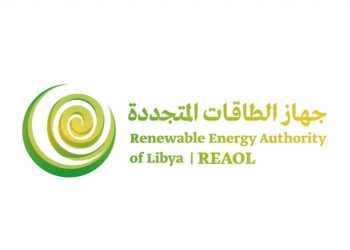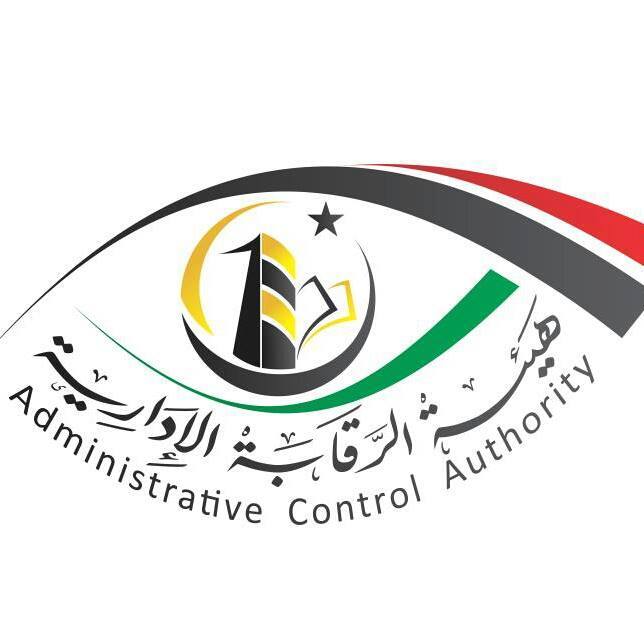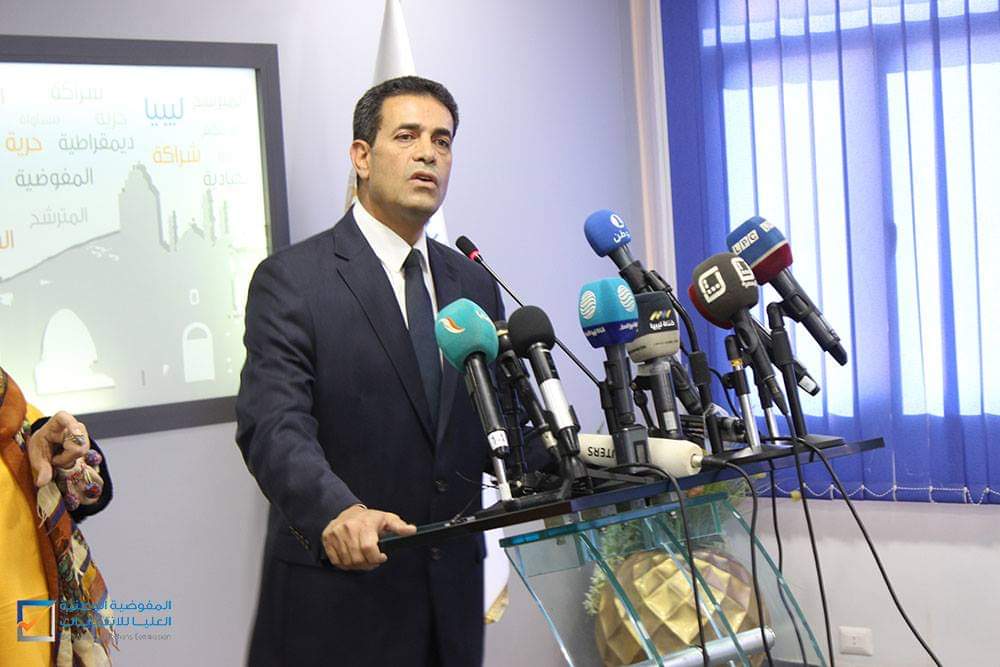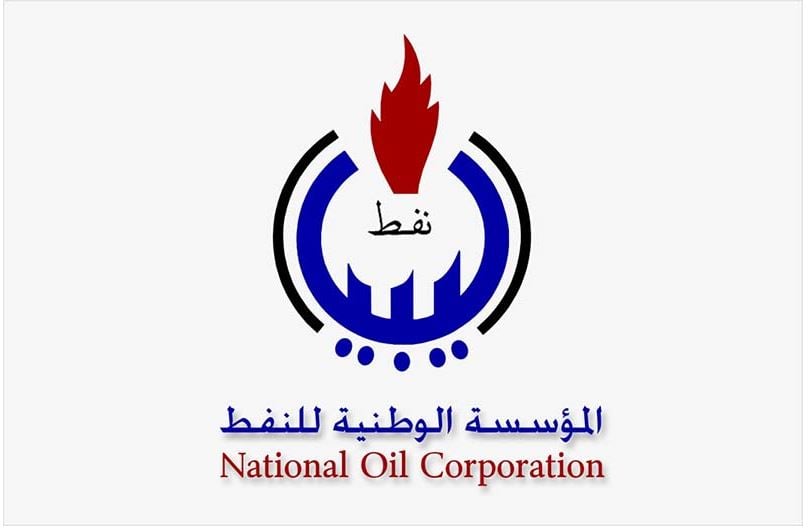By Sami Zaptia.
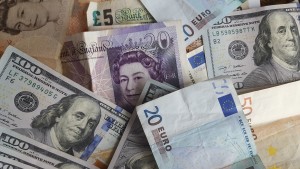
London, 4 December 2018:
The Libyan dinar gained in value suddenly in the black-market against major currencies over the last three days of this week.
On Monday the dinar gained value sharply, falling below the psychological five dinar point to LD 4.75 per US dollar. This is a huge gain for the dinar from last week when it was trading at between LD 5.30-5.35 per dollar
The gain in the black-market value of the Libyan dinar comes on the back of the economic reforms introduced in September by the internationally-recognized Faiez Serraj Presidency Council and Government of National Accord.
The reforms included the greater supply by the Central Bank of Libya (CBL) to the Libyan market of hard currency.
This was implemented through the partial indirect devaluation of the dinar with the introduction of a183 percent levy on the official sale of hard currency (overwhelmingly US dollar) which values the US dollar, including other fees, at LD 3.90. The official moving rate is still between LD 1.35 to LD 1.40 per US dollar.
The greater supply of hard currency at an inflated price has meant that the Libyan government has been able, in the very short period since September, to attract hundreds of millions of dinars in cash into its coffers.
This has helped to decrease the acute liquidity crisis at banks and given the public access to their salaries and savings.
The greater official provision of hard currencies for imports has also led to a huge drop in inflation and prices of goods.
The gain in value of the Libyan dinar has returned some short-term confidence in the Serraj government, the economy and banking system.
At one stage there were real fears that the Libyan banking system could collapse and lead to collapse of the Serraj administration and the Libyan Political Agreement that gave birth to it.
But the sudden sharp gain in the value of the Libyan dinar this week also comes on the back of a decision by the Serraj government to prohibit the import of goods into Libya that are not paid for through official bank transfers.
This means that black-market purchased hard currency cannot be used for official imports – which has invariably led to a huge decrease in demand for black-market hard currency, which has been subsequently reflected in the dinar-hard currency exchange rates.
It must also be recalled that Libya has enjoyed increased and record levels of oil production and exports which have provided increased hard currency revenues to state coffers.
Some critics have criticised the decision to ban the import of goods paid for through the black-market, fearing that the usually inefficient official import channels will fail to meet market demands and lead to goods shortages and hence price rises.
However, the usually economically ultra conservative Serraj administration (together with the CBL) now seems to be confident that this will not occur.
Faiez Serraj’s Planning Minister, Taher Jehami, speaking at a recent conference in Rome said that the positive resuts of his government’s economic reforms can be seen in four main ways:
Firstly, the gap between the black-market and official foreign exchange rate has narrowed by about 20 percent. This has improved even further this week.
Secondly, foreign currency is now more available to both businesses and the general public.
Thirdly, the liquidity crunch is receding, and it “may disappear” altogether “in weeks”. And finally, “prices are coming down”.
This is a good start for the economic reforms, insisted Jehami, but there is still the need for the introduction of fuel subsidy reform.
Fuel subsidies are are a drain on the country’s finances, taking up 12 percent of the state budget. These could take between 18-24 months to introduce fully.
There are also hidden subsidies such as electricity tariffs that need reforming, Jehami had added.
Jehami said that Libya needs to restructure its budget to be more productive and less consumptive.
He explained that Libya has made some cost savings such as the reduction of its diplomatic missions abroad (which are paid in hard currency).
Jehami also confirmed that Libya no longer has a current account deficit. He also expects that the foreign exchange rate to “stabilize” to a level that both the CBL and private sector “will be happy with”.
The results of Libya’s September economic reforms can be summarized as follows:
1- an average 35 percent decrease in general consumer prices.
2- A 200 percent increase in the Libyan dinars purchasing power
3- A huge fall in the black-market exchange rate of the Libyan dinar (for both cash and cheques) against the US dollar from around LD 8.5 in September down to LD 4.75.
4-The narrowing of the black-market exchange rate margin between cheques and cash from as high as 40 percent, down to a maximum of 2 percent. This is the ultimate indicator of the availability of liquidity and the disappearance of the ” cash premium”.
5-The fall of inflation to about 9 percent.
https://www.libyaherald.com/2018/11/24/libyas-economic-reforms-have-been-successful/
https://www.libyaherald.com/2018/11/30/noc-breaks-2018-monthly-revenue-record-and-projects-a-73-percent-increase/
https://www.libyaherald.com/2018/09/13/libyas-economic-reforms-a-tax-levy-on-foreign-currency-sales-increased-currency-allowances/


